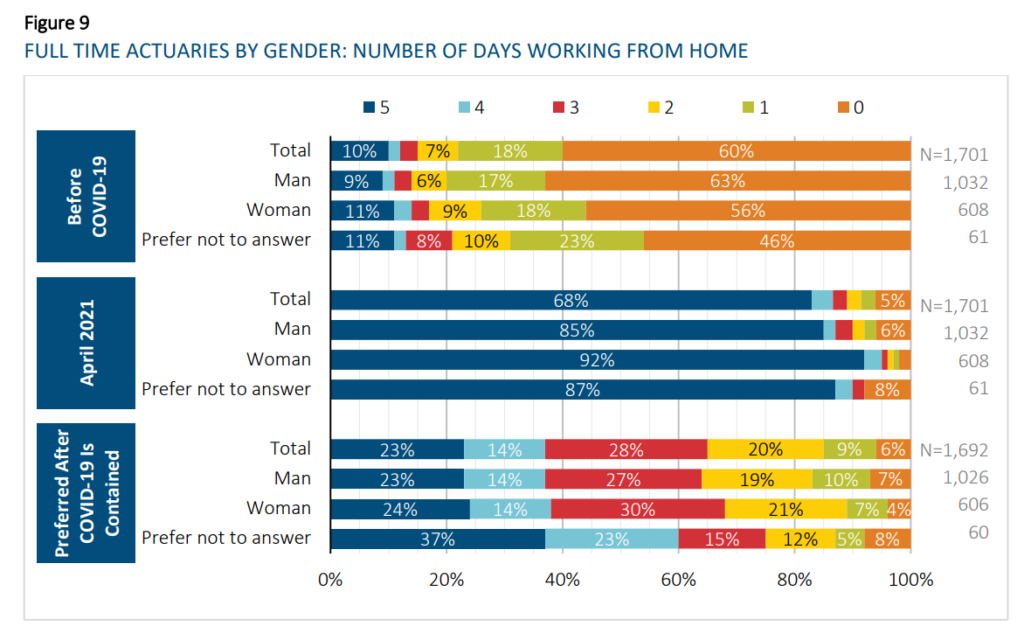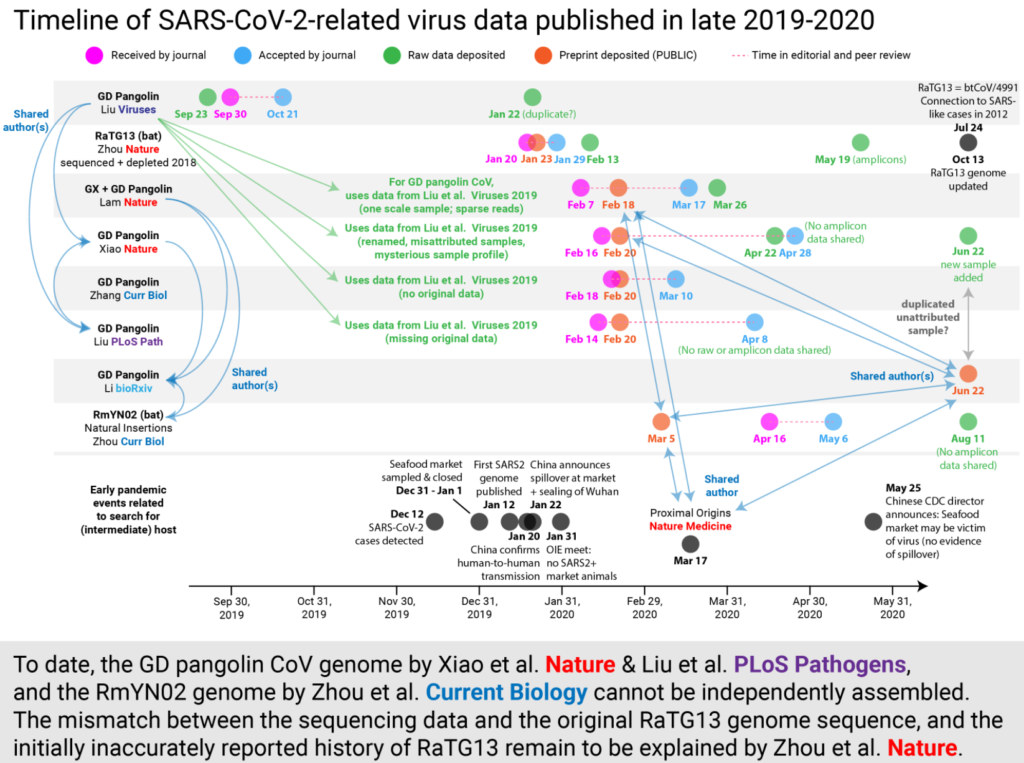Link: https://www.newsweek.com/new-york-city-unions-whose-backdoor-deal-sold-out-retirees-helped-insurance-industry-1604661
Excerpt:
In recent years, leadership of some of the nation’s largest unions have publicly opposed single-payer health care proposals, angering their rank-and-file and forcing Democratic politicians who back single-payer to take on a key constituency.
In New York City, for example, the umbrella organization for the city’s public sector unions—the Municipal Labor Committee (MLC)—recently helped the health insurance industry block a statewide single-payer bill, on the grounds that their members wanted to keep the health care benefits for which they had sacrificed wage increases.
But it turns out that the MLC, which bargains for health care benefits for city unions, was also engaging in backdoor negotiations with the city, resulting in a proposal to switch nearly a quarter-million people from Medicare to privately administered Medicare Advantage plans.
…..
Following the 2018 cost-cutting agreement, union leaders and officials came up with eight proposals to meet the cost-cutting requirements, including switching to a statewide single-payer system or setting up a self-insurance system.
A January 2021 study by The New School found that the city could save about $1.6 billion per year if it adopted a self-insurance program, as most major cities and large companies have done. That would involve setting up a health insurance plan just for the city’s employees and paying for claims directly, rather than paying premiums to a health insurance company which tends to be more expensive because insurance company profit margins are so large.
But since the negotiations between the MLC and Office of Labor Relations were held behind closed doors, retirees don’t know whether this option was ever considered.
Author(s): JULIA ROCK, THE DAILY POSTER
Publication Date: 28 June 2021
Publication Site: Newsweek





